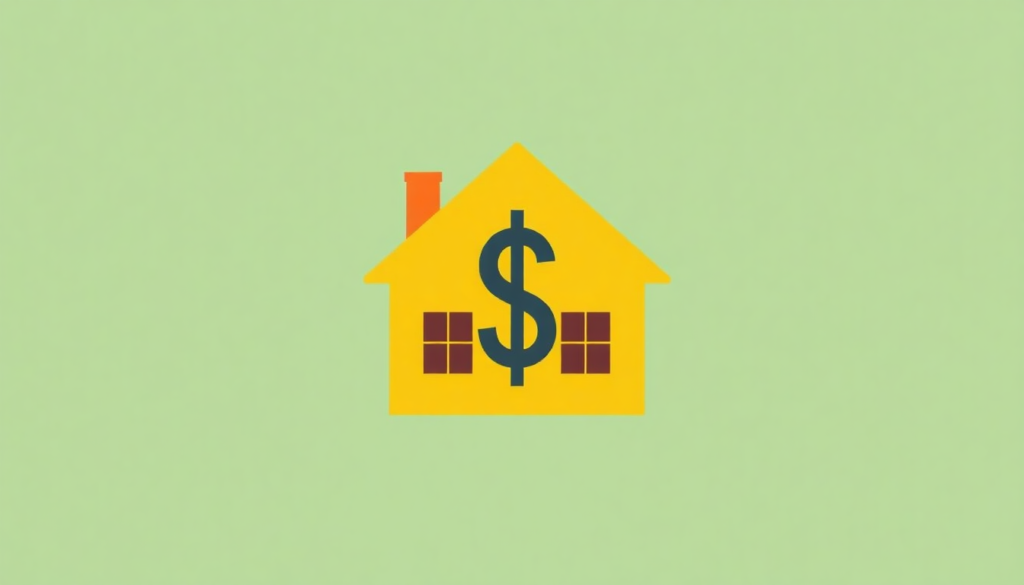Introduction
Buying a home is a significant milestone in many people’s lives, often representing one of the largest financial commitments they will ever make. Among the various factors to consider when navigating the complexities of home buying, understanding your debt service ratio (DSR) is crucial. This article delves into what DSR is, why it matters, and how it influences your home buying decisions.
What is Debt Service Ratio?
The debt service ratio (DSR) is a financial metric used to measure an individual’s ability to manage monthly debt payments in relation to their gross income. It is typically expressed as a percentage and calculated by dividing total monthly debt payments by gross monthly income. Lenders use this ratio to assess a borrower’s creditworthiness and determine how much they can afford to borrow.
Calculating Your Debt Service Ratio
To calculate your DSR, follow these simple steps: first, add up all your monthly debt obligations. This includes your mortgage payment, car loans, student loans, credit card payments, and any other debt. Next, determine your gross monthly income—this is your income before taxes and other deductions. Finally, divide your total monthly debt payments by your gross monthly income and multiply by 100 to get a percentage.
For example, if your total monthly debt payments amount to $2,000 and your gross monthly income is $6,000, your DSR would be calculated as follows:
DSR = ($2,000 / $6,000) × 100 = 33.33%
Why is Debt Service Ratio Important?
The debt service ratio serves several critical functions in the home buying process. Firstly, it helps potential buyers understand their financial health and readiness for homeownership. A lower DSR typically indicates that you have more disposable income available after covering debt obligations, making you a more attractive candidate for lenders.
Guidelines for Debt Service Ratios
Lenders often have specific guidelines regarding acceptable DSR levels. While the ideal DSR can vary depending on the lender and type of loan, a general rule of thumb is that a DSR of 36% or lower is considered manageable. This means that no more than 36% of your gross income should go towards servicing debt, including your projected mortgage payment. However, some lenders may allow higher ratios based on other compensating factors like credit score or larger down payments.
How Debt Service Ratio Affects Home Buying Decisions
Understanding your DSR can significantly impact your home buying journey. Here are some ways it affects your decisions:
Loan Approval Chances
Your DSR plays a pivotal role in the loan approval process. Lenders analyze this ratio to gauge your financial risk. A high DSR may lead to loan denials or unfavorable terms, while a low DSR increases your chances of securing a mortgage with favorable interest rates and terms.
Mortgage Amount
Your DSR directly influences how much money lenders are willing to lend you. If your DSR is relatively low, you might qualify for a larger mortgage amount, allowing you to explore homes in higher price ranges. Conversely, a high DSR could limit your purchasing power and force you to consider less expensive properties.
Monthly Payments
A manageable DSR not only impacts the amount you can borrow but also the affordability of your monthly payments. If you take on a mortgage that pushes your DSR above recommended limits, you may find it challenging to keep up with payments, leading to financial strain. Therefore, it’s essential to ensure your future mortgage fits comfortably within your budget.
Improving Your Debt Service Ratio
If your current DSR is higher than desired, there are several strategies to improve it before applying for a mortgage:
Pay Down Existing Debt
One effective way to lower your DSR is by paying down existing debt. Focus on high-interest debts first, such as credit cards, as these can quickly accumulate costs. Reducing overall debt will lead to lower monthly payments, thus improving your DSR.
Increase Your Income
Another approach to enhance your DSR is to increase your gross income. This can be achieved through various methods, such as seeking a raise at work, taking on a part-time job, or pursuing additional education to boost your career prospects. A higher income will naturally lower your DSR, making you more appealing to lenders.
Avoid Taking on New Debt
While preparing to buy a home, it’s wise to avoid incurring new debt. Large purchases, such as vehicles or appliances on credit, can quickly inflate your DSR. Instead, focus on maintaining your current financial obligations until after your home purchase.
Debt Service Ratio vs. Other Financial Metrics
While the DSR is a valuable tool in assessing financial health, it should not be viewed in isolation. Other metrics also play a vital role in understanding your financial situation when buying a home.
Credit Score
Your credit score is another critical factor lenders consider alongside your DSR. A higher credit score can offset a higher DSR, potentially leading to better loan terms. Consistently monitoring and improving your credit score can increase your chances of home-buying success.
Loan-to-Value Ratio (LTV)
The loan-to-value ratio (LTV) measures the ratio of the mortgage amount compared to the appraised value of the property. A lower LTV indicates less risk to the lender. Just as with DSR, maintaining a favorable LTV can enhance your mortgage options.
Conclusion
Understanding the debt service ratio is essential for anyone looking to purchase a home. It acts as a clear indicator of your financial health and influences key aspects of the home buying process, from loan approvals to monthly payments. By calculating and improving your DSR, you can position yourself for successful homeownership while ensuring financial stability. Remember to consider your DSR alongside other financial metrics to develop a comprehensive understanding of your readiness to buy a home. With careful planning and management, you can navigate the home buying journey with confidence.


